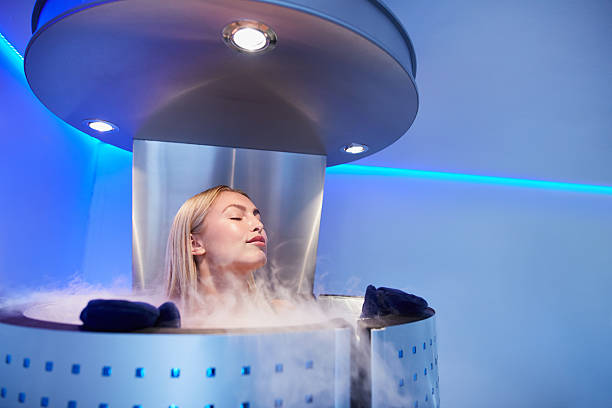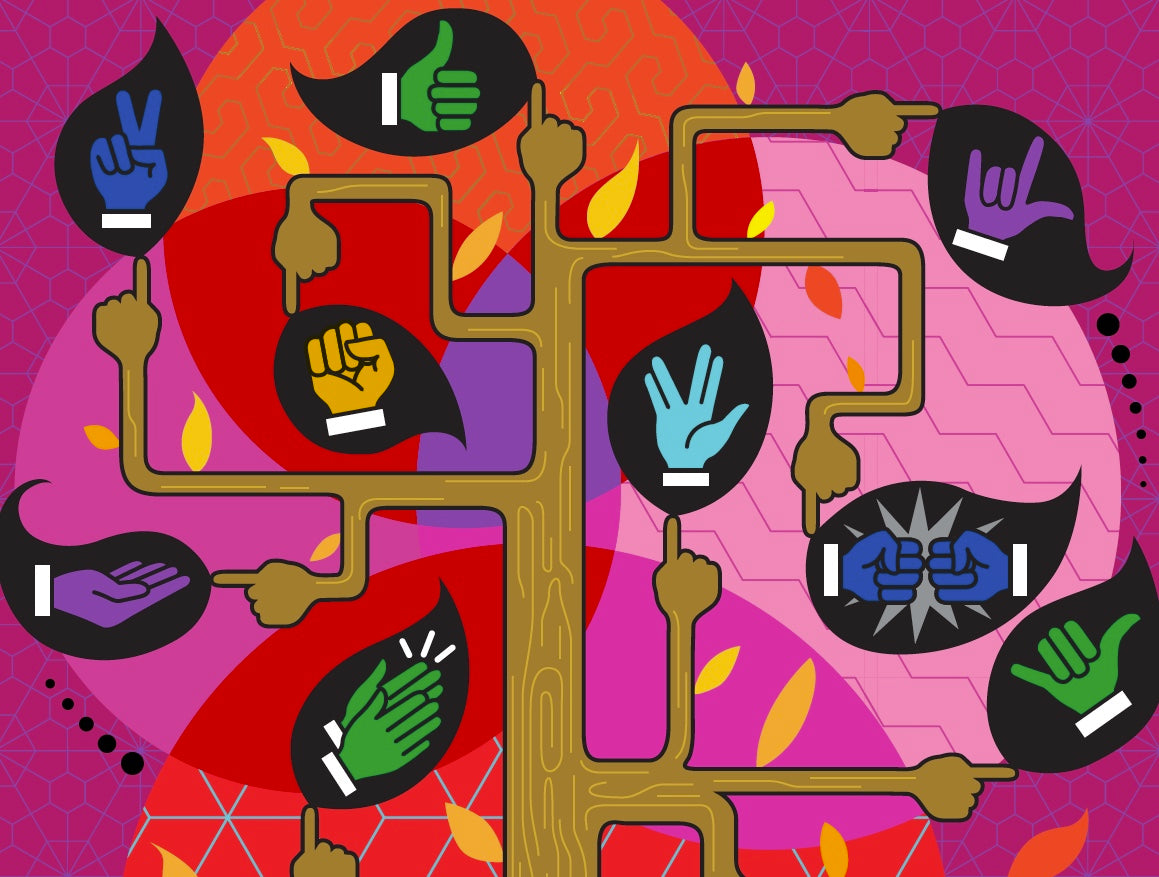Exploring the Cold Cure: The Science of Whole-Body Cryotherapy for Muscle Recovery and Performance Enhancement
Introduction: In the relentless pursuit of athletic excellence, athletes are exploring a multitude of strategies to enhance performance and expedite recovery. Among the intriguing contenders is whole-body cryotherapy (WBC), a practice that exposes the body to ultra-cold dry air for short durations with the promise of minimizing post-exercise muscle soreness. As we delve into the frigid depths of WBC, this comprehensive exploration aims to unravel the extent of its effectiveness in preventing and treating muscle soreness. We will scrutinize the findings from pivotal studies, explore the potential benefits and limitations, and outline a path towards harnessing the power of this...
Memory Foam vs. Gel Wrist Rest: Choosing the Right Support for Your Comfort
While both memory foam and gel wrist rests have their advantages, memory foam emerges as the better choice for most users. Its superior comfort, support, and durability make it a reliable option for those seeking relief during long hours of computer use.
5 Essential Tips to Improve Work Station Ergonomics and Reduce Chronic Pain and Injuries
With the recent increase in work from home, sitting has become a norm for most individuals during work hours. While this may seem comfortable at first, sitting for long hours can lead to various health issues like back pain, neck pain, and poor posture overall. The lack of movement and physical activity also puts one at risk of developing obesity and cardiovascular diseases. Therefore, it is important to take steps to improve work station ergonomics to reduce the negative impact on our health. One of the ways sitting for long hours affects our health is by impacting our posture. Poor...
The Evolution of the Human Wrist: Adapting to Modern Typing and Preventing Pain
The human wrist is a complex structure that has evolved over millions of years. Our wrists are the bridge between our hands and our arms, and they allow us to perform a wide variety of movements, from grasping and manipulating objects to typing on a keyboard. But what were our wrists originally designed for? The evolution of the human wrist can be traced back to our primate ancestors, who used their hands for climbing and gripping. As our ancestors began to walk upright, their wrists evolved to support the weight of their bodies and to allow for a greater range...





